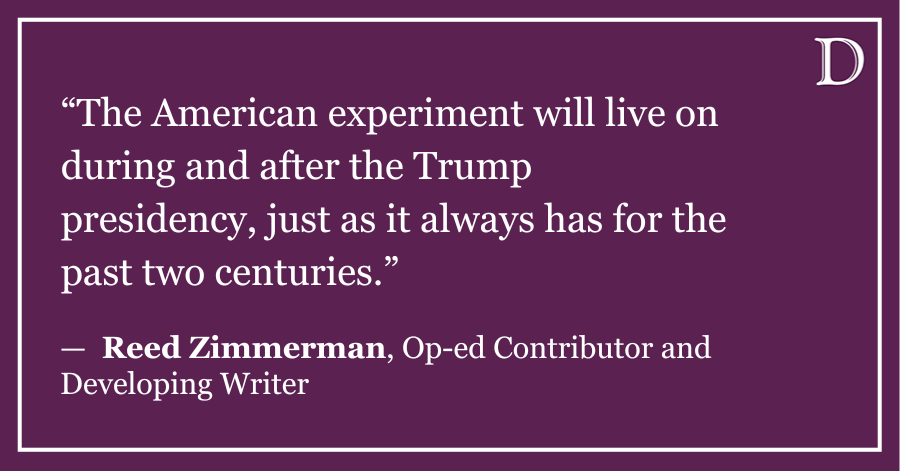We all have habits and hang-ups we wished we could get over. Some of us want to lose weight. Some of us want to stop smoking. All of us want to stop procrastinating on Facebook. If, as the eternally wise Carrie Bradshaw once posited, “the most exciting, challenging and significant relationship of all is the one you have with yourself,” then curbing your worst impulses is key.
So, as someone always looking to keep life simple, I was glad to discover the Fogg Behavior Model, created by Professor BJ Fogg of Stanford University. The model makes crucial, intuitive insights into human behavior that students can and should incorporate into everyday life.
The model contends that, to change or maintain any behavior, you need three elements. One is motivation: you must have a reason or a desire to do something. Another is ability: you must be physically or intellectually capable of doing something. And there must also be a trigger: you need an external or internal stimulus to compel you.
Fogg’s classic example is applicable to all of us. Imagine you’ve received a Facebook notification in your inbox saying you’ve been tagged in a photo. That is the trigger. Your motivation is built in – you need to see if you got caught doing or wearing something humiliating. And you’ve obviously got the ability in terms of Internet access to log in and take a look. So you do, and end up tumbling down that royal blue narcissistic-voyeuristic time warp. Fogg has boiled the entire mantra down to the following: Put hot triggers – something you can immediately act on – in the path of motivated people.
But we can use Fogg’s insights to improve our daily lives. Imagine you are overweight and want to slim down. You’ve already got a trigger – you’re disappointed in what you see in the mirror. You’re already motivated – our culture is always imploring us to eat healthily. So you need the ability. One way to increase ability, Fogg has noted, is to decrease obstacles. At Northwestern, you might want to live on North Campus – in, say, Bobb-McCoullugh – because every time you enter the building, you will see SPAC, which is a hot (available) trigger in the path of a motivated person. And you’re just moments away from Patten as well. Last year, living on South Campus, I worked out considerably less because SPAC was a solid 15 minute walk both ways, and in icy weather it’s an especially miserable trek. And yes, I know of Blomquist but it doesn’t lend itself to such a demanding workout.
Both individual students and student groups can look to the FBM to achieve goals. Individuals trying to kick habits ought to impair their ability to partake in said habits and avoid situations that trigger negative behavior. And groups seeking new members should target those already inclined to join and then make it simple and easy for them to do so. Fogg’s intuitive findings can go a long way.
Michael Kurtz is a Weinberg junior.
He can be reached at [email protected].





